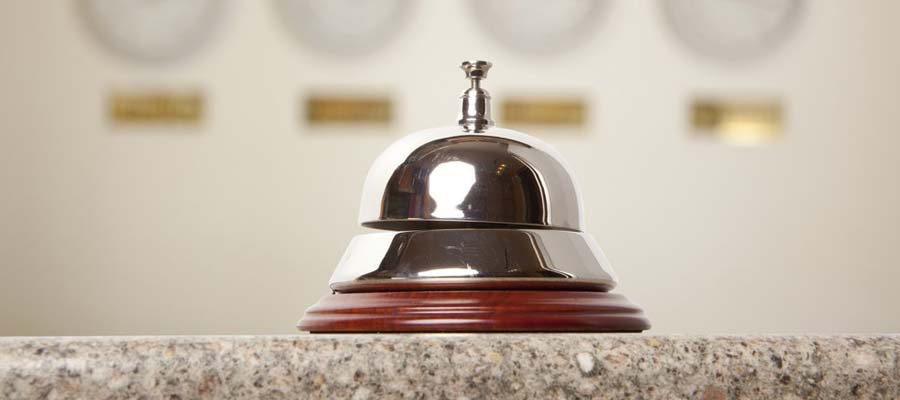Pricing is an effective tool for hotel managers to remain competitive and achieve strategic goals. But it can be tricky adjusting your prices—an increase may put off some customers, and a decrease might not gain you as much attention as you were hoping for.
Travelers expect some fluctuations in hotel pricing, as they are a normal component of the hospitality industry. What’s key is the right timing. Consider these strategies to help you ensure your price adjustments hit the mark.
Changes in Target Segments
Pricing adjustments can be helpful when your hotel decides to pursue new target segments. A drop in price can help attract new customers to fill vacant rooms while a price increase can be timed with occupancy saturation to cool off demand and boost revenue from frequent guests.
These changes can also be selectively targeted for groups like students or business guests. Price sensitivity varies across potential customers, so it’s crucial to adjust your offerings to account for any changes in the type of customer you’re looking to attract.
Competitive Pricing
Changes in your competitors’ pricing can provide strong incentives for you to alter the pricing strategy of your property. You might be compelled to adjust your prices in response to changes your competitors have made in order to avoid losing customers to a better deal. On the other hand, you may want to change your price to shift where your offering sits in the competitive landscape.
As a Cornell University study found, raising your prices above your direct competitors can earn you a better RevPAR (revenue per available room) while lowering your prices can improve your occupancy rate. Whether you choose to increase or decrease your prices depends on your goals.
Market and Economic Forces
Major developments in the global economy can drastically affect your hotel’s performance. Adjusting your prices in response to these trends might help you gain a larger market share and in some cases, serve as a necessary way to stay competitive.
A few important variables to consider:
- Changes to operational costs
- A growing middle class in emerging markets
- Technological developments (if you choose to integrate them into your services)
Customer Satisfaction
High levels of customer satisfaction might signal a good time to increase prices. Strong reviews help validate the quality of your services, and happy customers are more willing to accept price increases. You’ll still need to be careful about how you implement these adjustments—a lack of additional benefits to justify the increase may alienate loyal customers who’ve become accustomed to a certain standard of price and quality.
Price reductions also need to be well communicated to have a strong impact; a well-crafted offer will show why you’re providing a reduced rate, and help customers take advantage of the gesture.
Brand Changes
Consider adjusting your prices when updating your brand—especially if you’re making major alterations. Customers will expect changes when a hotel is undergoing a major rebranding, but pricing adjustments need to be well-matched to the brand’s new value-adds. This makes coordination a crucial point between brand and financial managers.
Hotels that implement brand changes without tying in financial considerations risk confusing customers or creating a misalignment between their brand image and service offerings.
Adjusting your hotel’s prices is a balancing act, one that requires you to consistently maintain the financial health of your business without driving away potential customers. By keeping these five strategies in mind, you can capitalize on the right times to change your pricing—and reap the rewards.
Feature Photo: Andrey Burmakin / Shutterstock.com




